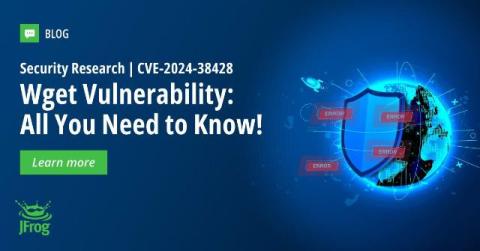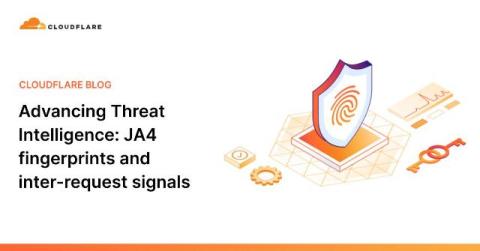Scams: Understanding vulnerabilities and protective strategies
Many people don’t realize that scams are complicated events orchestrated by scammers, which often include myriad persuasive techniques and take advantage of our individual characteristics and circumstances. While each scam varies in complexity, they typically progress through three broad stages, each influenced by factors that either heighten or diminish our vulnerability to becoming victims.









